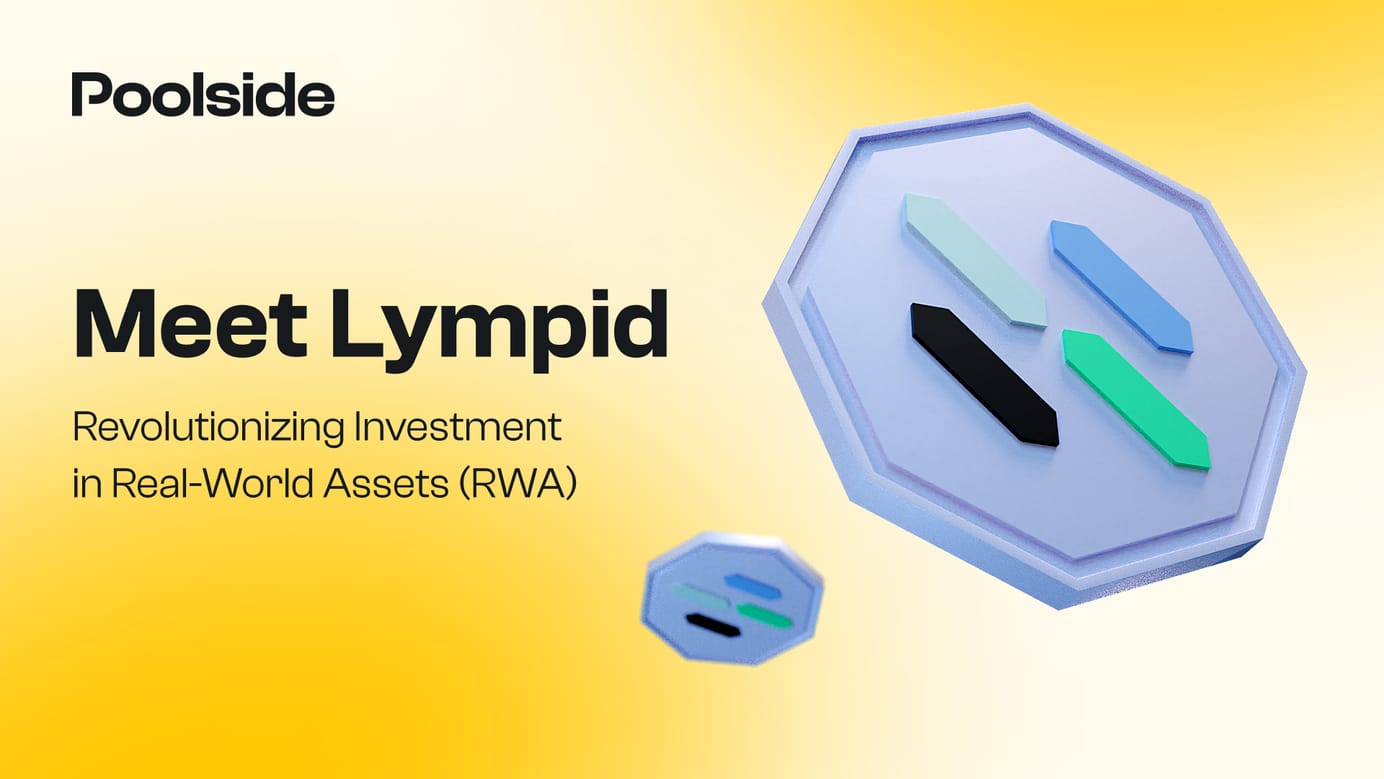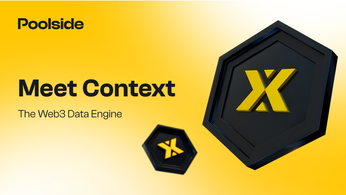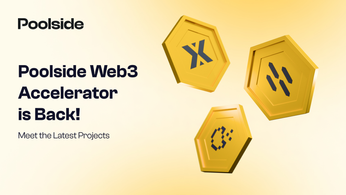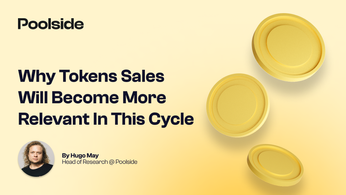
How To Create A Web3 Branding Strategy
Rethinking your marketing approach

The Web3 era is no longer a rumour, a headline, or the result of wishful thinking. Brands are slowly yet steadily preparing for Web3, and one of the most prevalent debates is whether traditional branding and marketing practices hold value in Web3. Do companies keep doing what got them to the dance, or do they need to adjust? Let’s see.
Beginners guide to (traditional) marketing
Before looking at the Web3 aspects of marketing, let’s refresh our memories of some base-level marketing and branding principles.
Branding is the process of giving your company a unique identity in the eyes of your target market and customers. At a basic level, that includes logo, visual design, mission, and tone of voice. Marketing, on the other hand, refers to understanding the needs and wants of your target audience and getting them into their hands efficiently and effectively.
When discussing brand strategy, we refer to the comprehensive approach behind how a company builds their uniqueness and favorability with existing and potential customers. A brand strategy includes several components: voice, storytelling, brand identity, and values.
The 4Ps of marketing: product, price, place, promotion
The 4Ps of marketing are a smart way of summarizing the four basic pillars of any marketing strategy. Let’s give them a quick rundown.
Product: What are you selling?
The product is what a company sells. It could be a product like a soft drink in the beverage industry or a service like consulting. In a nutshell, the product is offered to the customer by the company.
Understanding what your offer needs to differentiate itself from rival offerings and attract customers is a key component of the 4 Ps strategy. It will be difficult to succeed if you don't stand out, so explaining what makes your product so great and different is essential.
Great product descriptions and placement emphasize usability and benefits instead of features.
Price: How much are you selling it for?
Price is self-explanatory. It refers to how much you charge for your product (or service). Even though it's easy to understand, it's very challenging to determine the "right" price. To set the price at the right level, you need to consider what the market charges for similar products, what customers are willing to pay and how much you need to cover your production costs.
Are you going to position your brand as exclusive and expensive, or do you want fewer margins to attract more customers? This all plays a role in how you position your brand in the market.
Place: Where are you selling it?
This is another word for location, and we already know what you’re thinking. What if my product or service is digital? What if I don’t own a shop on the high street? Even in the digital realm, the place holds up very well, as you still need to know where to find your customers. The location might not be physical, but knowing whether your potential customers spend their time on Instagram or TikTok can be instrumental in creating your strategy.
Promotion: How are you getting your customers?
Promotion does not just refer to advertising campaigns but sales. All three other Ps are gearing your brand to sell products and make a profit. Here are some questions to ask yourself to decode the fourth P.
- Which channels does your audience use the most?
- What kind of messages do they tend to respond to?
- What is the ideal time period for promotion?
- How do your competitors plan and execute their promotions?
Web3 adds a fifth P - People
Are the 4Ps still relevant in Web3? Absolutely, but with an added emphasis on community.
In Web3, communities form before a product is released and play an integral role in the project, including contribution, ownership, governance, and transparency. These communities directly affect the project's direction and evolution, and provide a different dynamic for brand positioning and marketing.
Additionally, Web3 communities remove barriers between users and team members, adding accountability and transparency to the mix. Companies must adapt their marketing strategies to prioritize clear and transparent communication with their community, and actively involve them in decision making.
In our most recent Poolside Accelerator Podcast episode, we hosted Web3 Marketing Strategy Course Instructor, Kseniia Baziian and she added a tip on how important strong leadership is in building and keeping a community engaged.
“I like to equate the project to the personalities of the founders because I think it's very important to make a differentiation here because eventually, people want to have a strong thought leadership…I feel like people have the need of a strong leader for the project to be more secure, and have a future. So for building the community, I really like to include the founders in the process and make it more make the whole process more personal.”
You can catch the podcast episode here:
Web3’s key principles: Decentralization, transparency, tokenomics and autonomy
Decentralization eliminates the need for central intermediaries such as tech companies, banks, and other organizations to control user-generated content.
Transparency allows all blockchain users to access information on decentralized apps or dApps and peer-to-peer networks, as all transaction details and information are stored in open and immutable databases.
Tokenomics refers to the factors that make a cryptocurrency valuable and interesting to investors, such as its supply, issuance, utilities, and how it allows consumers to be part owners and vote for the project’s direction.
Autonomy gives users control over their data and identity, allowing them to control how their data is collected and used.
Understanding these principles helps to understand the impact of Web3 technology on branding and marketing. According to a recent study, 96% of consumers don’t trust advertisers. Web3 addresses the pitfalls of Web2 and provides an opportunity for brands to rebuild trust with consumers by connecting with them on a meaningful level and honest manner.
Talking of honesty, here’s another golden nugget from our latest podcast. Kseniia Baziian had this to say:
Talking of honesty, here’s another golden nugget from our latest podcast.
“I feel like it's very important to be honest with the users. We know that with Web3 projects there are a lot of delays. And I feel like even the small things, when you explain to the users that you did not launch at this particular date because you wanted to do this and that or because you encountered these issues is going to go a long way for you in the future.” - Kseniia Baziian
Poolside Accelerator: For all the Web3 marketing answer you seek
With Poolside Accelerator, brands of all maturity levels and stages can get the Web3 marketing mentorship they need. Questions about creating a branding and marketing strategy, market positioning and messaging will be addressed by Web3 experts. Whether it’s one-on-one sessions or demo days, the coaching is tailored and specific to each brand.
We can’t wait to hear from you.
About Poolside
Poolside Web3 accelerator is a 12-week remote combined with a 1-week in-residence (Lisbon) program designed to take the project from inception to execution to market. Selected projects will access initial funding and mentorship in marketing, token economics, legal, funding, business, blockchain, listing, and others.
Poolside Newsletter
Join the newsletter to receive the latest updates in your inbox.







